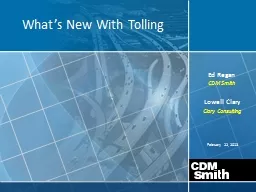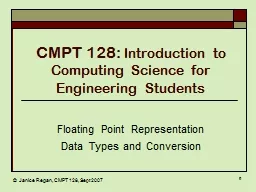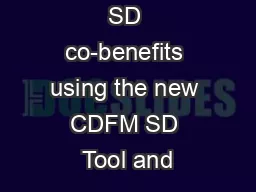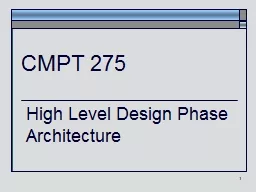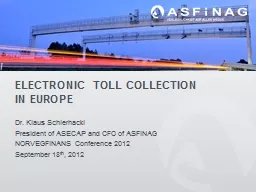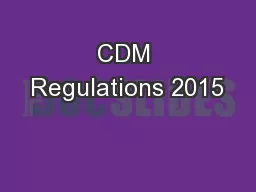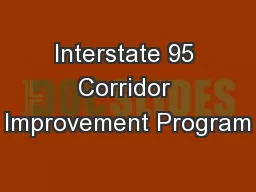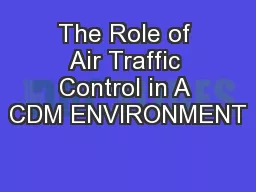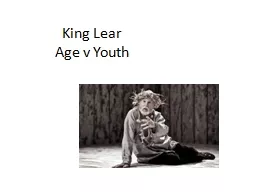PPT-February 22, 2013 What’s New With Tolling Ed Regan CDM Smith
Author : pamella-moone | Published Date : 2019-11-06
February 22 2013 Whats New With Tolling Ed Regan CDM Smith Lowell Clary Clary Consulting The Gas Tax A System at Risk Without major changes the motor fuel tax will
Presentation Embed Code
Download Presentation
Download Presentation The PPT/PDF document "February 22, 2013 What’s New With Toll..." is the property of its rightful owner. Permission is granted to download and print the materials on this website for personal, non-commercial use only, and to display it on your personal computer provided you do not modify the materials and that you retain all copyright notices contained in the materials. By downloading content from our website, you accept the terms of this agreement.
February 22, 2013 What’s New With Tolling Ed Regan CDM Smith: Transcript
Download Rules Of Document
"February 22, 2013 What’s New With Tolling Ed Regan CDM Smith"The content belongs to its owner. You may download and print it for personal use, without modification, and keep all copyright notices. By downloading, you agree to these terms.
Related Documents

